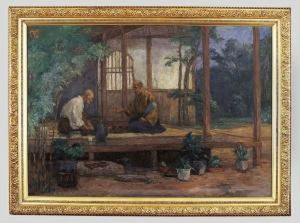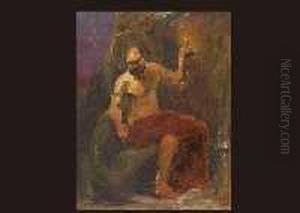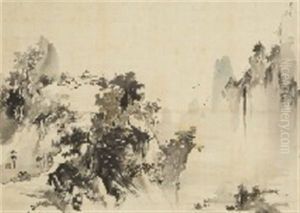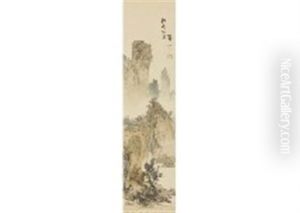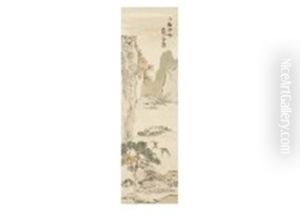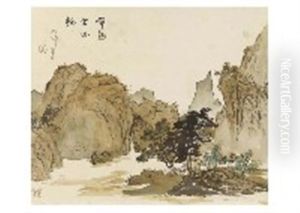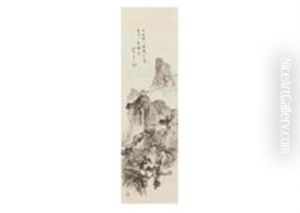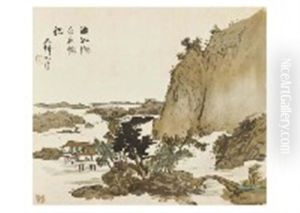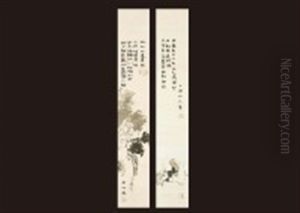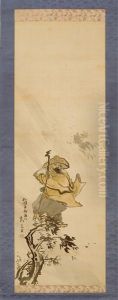Fusetsu Nakamura Paintings
Fusetsu Nakamura was a prominent Japanese painter, calligrapher, and lithographer, known for his significant contributions to the development of Western-style painting (Yōga) in Japan. Born in Kagoshima, Japan, in 1866, Nakamura Fusetsu, as he is traditionally referred to in Japan, was active during the Meiji and Taisho periods, a time when Japan was undergoing rapid modernization and cultural change.
Nakamura's early interest in art led him to Tokyo, where he studied Japanese-style painting (Nihonga) under the tutelage of famous artists of the time. However, his artistic direction took a significant turn when he moved to France in 1884. There, he was exposed to Western art movements and techniques, which he studied at the Académie Julian in Paris. His time in France was transformative, as he absorbed the principles of Western-style painting, which included the use of perspective, shading, and a more liberal use of color compared to the more stylized approach of traditional Japanese painting.
Upon his return to Japan, Nakamura became one of the leading figures in the introduction and teaching of Western painting techniques. His works combined the newfound Western styles with traditional Japanese elements, creating a unique fusion that was characteristic of the Meiji era's cultural blend. He was also instrumental in introducing lithography to Japan, a printing technique that was relatively new to the country at the time. Nakamura's contributions in this field helped to modernize the Japanese printing industry.
Throughout his career, Nakamura Fusetsu continued to paint, teach, and engage in cultural activities. He was a member of various artistic societies, including the Nihon Bijutsuin (Japan Art Institute), and contributed to the art community by writing essays and criticism. His work extended beyond fine arts to include book illustrations and designs, showcasing his versatility as an artist.
During his lifetime, Nakamura's work was exhibited in numerous exhibitions and he received several accolades for his contributions to the arts. However, his name is not as well-known internationally as some of his contemporaries. Nevertheless, in Japan, he is recognized for his role in shaping the modern art scene and integrating Western practices into Japanese art. Nakamura passed away in 1943, leaving behind a legacy that continues to be studied and appreciated by art historians and enthusiasts of Japanese modern art.

